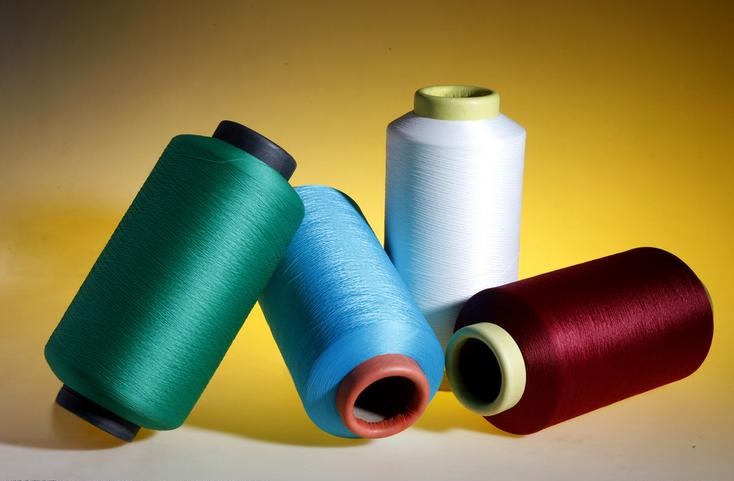SunSirs: Polyamide Filament Prices Fell in the Third Quarter and May Continue to Fall in the Fourth Quarter
October 24 2025 09:31:42 SunSirs (John)
Price trend
In the third quarter of 2025, the polyamide filament market lacked favorable conditions, with prices generally trending downward. Taking polyamide DTY as an example, as of September 30, the price of polyamide DTY (premium grade; 70D/24F) in Jiangsu Province was 13,880 RMB/ton, down 4,340 RMB/ton, or 23.82%, from the same period last year.
Polyamidefilament prices fell sharply
Specifically, on the one hand, the weakening price of high-speed spinning raw material polyamide PA6 had a bearish impact on the cost side of polyamide filament. On the other hand, the contradiction between supply and demand was prominent. Orders in all downstream links were relatively low during the quarter. With high inventories, the focus was on destocking, and upstream raw material procurement was insufficient. This led to poor bottom-up transmission of demand, resulting in continued weak shipments from polyamide filament manufacturers and increasing inventory pressure. Furthermore, in the downstream weaving industry, the upward momentum of grey fabric prices was insufficient, and profits were low, which suppressed polyamide filament prices. Overall, in the absence of favorable market conditions, polyamide filament prices showed an overall downward trend during the quarter.
The raw material market was operating in a bearish trend
The domestic polyamide PA6 market experienced a weak downward trend in the third quarter of 2025, driven by two key factors: First, the supply of polyamide PA6 increased, while consumption decreased, exacerbating the supply-demand imbalance. Second, the price of PA6 high-speed spinning raw material declined. As of September 30, the price was 10,133 RMB/ton, down 4.41% from early July, indicating a bearish cost environment. Consequently, polyamide filament prices declined.
The contradiction between supply and demand was prominent
In the third quarter of 2025, only fine-denier polyamide DTY saw relatively strong transaction performance. While some companies experienced order queues, overall activity was far below the same period last year. Overall, weak market demand led to increasing inventory pressure at polyamide mills. Specifically, downstream orders were low and inventories were high, resulting in continued demand for polyamide filament, with little speculative demand. As of September 30, the downstream loom utilization rate was 69%, a decrease of 5 percentage points from the same period last year. As a result, inventory levels at polyamide mills continued to rise. While some mills implemented production cuts, these had limited impact on alleviating inventory pressures.
The raw material side may remain weak in the fourth quarter
Polyamide PA6 market prices are expected to remain low in the fourth quarter, lacking support for polyamide filament prices. Specifically, regarding supply and demand, new PA6 production capacity will continue to be released, with plans to add 600,000 tons this quarter, potentially bringing the industry's total capacity to 8.858 million tons by year-end, representing a significant increase in supply. This year's market has been characterized by a lackluster peak season and an even weaker off-season. In contrast, PA6 production is projected to reach 1.787 million tons in the fourth quarter, while consumption is expected to reach 1.466 million tons, widening the supply-demand gap to over 300,000 tons. Regarding costs, weak downstream demand for benzene and higher benzene arrivals in the fourth quarter are likely to negatively impact prices, which in turn will filter down to the caprolactam and PA6 markets, thus lacking support for polyamide filament.
Supply and demand contradictions may continue
On the supply side, according to incomplete statistics, about 440,000 tons of new production capacity of polyamide yarn may be released in the fourth quarter, but under the pressure of high inventory, the industry's operating level is expected to be significantly lower than that in the third quarter. Affected by this, the output may be around 1.1258 million tons, a month-on-month decrease of 1.62%, which is a relatively small decline. The supply side may continue to be under pressure.
On the demand side, terminal demand may remain weak and be transmitted upward to the weaving link. The pressure on grey cloth inventory may be difficult to be effectively alleviated, so demand is expected to remain weak. In addition, the price of grey cloth inventory is difficult to rise, which may continue to suppress the price of polyamide filament.
Overall, based on past experience, October, the traditional peak demand season ("Golden September and Silver October"), is more likely to see polyamide filament prices rise, while November and December are more likely to see prices fall. However, in the fourth quarter, polyamide filament prices may show a downward trend amid declining costs and a prominent supply-demand imbalance. Therefore, the seasonal pattern is expected to break in October, while the seasonal pattern will remain unchanged in November and December. Analysts at SunSirs predict that the mainstream transaction price of domestic polyamide filament will continue to decline in the fourth quarter amid pressure on the supply side and weak raw materials and demand.
If you have any inquiries or purchasing needs, please feel free to contact SunSirs with support@sunsirs.com.
- 2025-12-08 SunSirs: Both Positive and Negative Factors Were Present, and Polyamide Filament Prices Remained Weak and Stable in November
- 2025-11-27 SunSirs: The Polyamide Filament Market Was Consolidating Sideways due to Weak Demand
- 2025-11-20 SunSirs: Demand Was Weak, and Polyamide Filament Prices Were Stagnant
- 2025-11-11 SunSirs: With Limited Cost Support, Polyamide Filament Prices Remained Weak and Stable
- 2025-10-27 SunSirs: Due to Weak Costs, the Market Price of Polyamide Filament Continued to Decline Weakly



